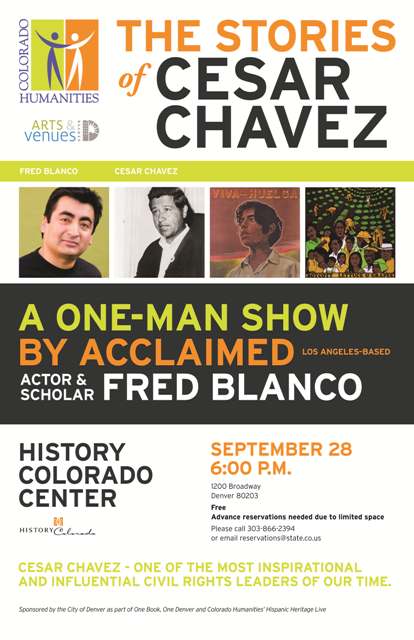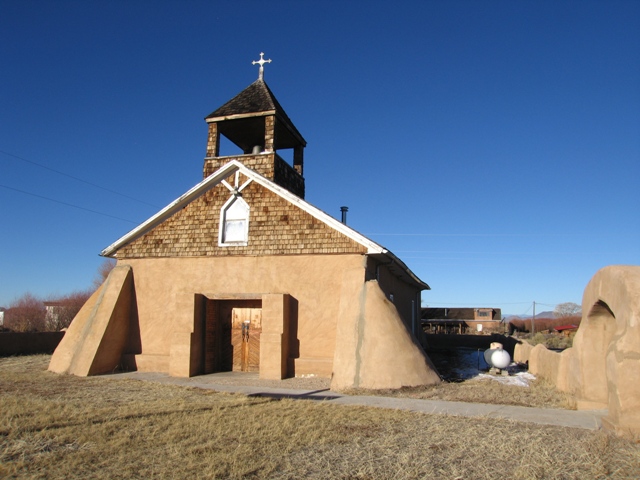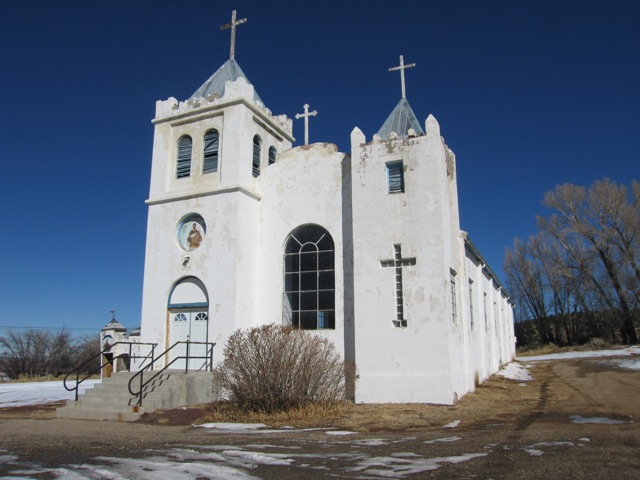Press Release
History Colorado Recognizes Hispanic Heritage Month
DENVER — History Colorado is working in collaboration with such organizations as Regis University, the Smithsonian National Museum of American History, Colorado Humanities’ Hispanic Heritage Live, and the City of Denver’s “One Book, One Denver” program to provide programming that highlights Colorado’s rich Hispanic heritage for Hispanic Heritage Month, September 15 – October 15, 2012.
Exhibit & Tour: Bittersweet Harvest: The Bracero Program, 1942-1964
Location: Regis University, Dayton Memorial Library
On view through October 28, 2012
Admission: Free
Free gallery tour on October 23, 2012, 6 to 8 p.m. w/ reservation
History Colorado has partnered with Regis University to host Bittersweet Harvest: The Bracero Program, 1942-1964, a bilingual traveling exhibit organized by the Smithsonian’s National Museum of American History in recognition of the seventh anniversary of the Bracero Program. Photographs, oral histories, and current research tell the story of the largest guest worker program in U.S. history. History Colorado is a Smithsonian affiliate organization.
On October 23, 2012, the public is invited to take a closer look at Mexican American history and the Bracero Program’s legacy with a free guided gallery tour with Dr. Nicki Gonzales, assistant professor of history at Regis University. Dr. Gonzales will share her experience on immigration and the Hispanic experience in Colorado. Reservations for the tour will be taken until October 22, 2012. (Image: “Bracero in the field,” Photo by Leonard Nadel, 1956, Courtesy Smithsonian National Museum of American History)
Live Performance: The Stories of Cesar Chavez
Location: History Colorado Center, 1200 Broadway
September 28, 2012, 6 p.m.
Admission: Free w/ reservation
The City of Denver’s One Book, One Denver program and Colorado Humanities’ Hispanic Heritage Live, in partnership with History Colorado, presents The Stories of Cesar Chavez, a powerful one-man show performed by acclaimed Los Angeles-based actor and scholar, Fred Blanco. Advanced reservations required due to limited space — call 303-866-2394 or email reservations@state.co.us. (Image courtesy of Arts & Venues)
Lecture: Mexican Beet Workers – More Than Just Arms
Location: History Colorado Center, 1200 Broadway
October 16, 2012, 1 p.m. and 7 p.m.
Admission: $10 general public; $8.50 History Colorado members
Beginning in 1942, the Bracero Program brought millions of Mexican guest workers to agricultural fields all over the United States. Weld County’s farmers benefited from this labor program that officially ended in 1964. As a boy in Weld County, Charles Collins met these migrant workers from “Old Mexico” every spring when they came to live and work on his family’s farm. Collins—today a geography professor at the University of Northern Colorado—recalls how the Braceros influenced his life, and the way the program impacted his understanding of immigration policy.
Historic Places
In addition to educational programs and exhibits, History Colorado oversees the state’s National and State Register programs. The following properties have been listed on the National Register of Historic Places that highlight Colorado’s rich Hispanic history.
Culebra River Villages of Costilla County:
Capilla de Viejo San Acacio, Viejo San Acacio (pictured)
As the oldest continually used non-Native American religious space in Colorado, Capilla de Viejo San Acacio is significant for its Hispanic Heritage beginning in 1850. As the symbolic and actual center of the Viejo San Acacio community, the church and cemetery (capilla y campo santo) are the location for ongoing cultural use and the site of repeated community gatherings since the village formed circa 1850. Additionally, due to representations of a regional folk art tradition as expressed through hand-carved gravestones in the cemetery, it is artistically significant.
· Iglesia de San Pedro y San Pablo, San Pedro
Iglesia de San Pedro y San Pablo is significant for Hispanic Heritage as the communal gathering place for the communities of San Pedro and San Pablo. The 1933 church remains the location for ongoing cultural use and is a site of regular community gatherings.
· Iglesia de la Inmaculada Concepción, Chama
Iglesia de la Inmaculada Concepción is significant for Hispanic Heritage as the social and religious center for the Chama community. The church is the location for ongoing cultural use and the site of repeated community gatherings since the community members constructed the church in 1938.
Iglesia de San Francisco de Assisi, San Francisco (La Valley; pictured)
Iglesia de San Francisco de Assisi is significant for Hispanic heritage as the central gathering place for the community of San Francisco (La Valley). The church remains the location for ongoing cultural use and is a site of regular community gatherings. Additionally, the church is a good example of a vernacular church constructed for the San Luis Catholic mission churches after World War II. As such, it features concrete block rather than adobe bricks with architectural references to Late Gothic Revival and Mission Revival forms rather than the Early Gothic Revival elements of other mission churches in the region.
Trujillo Homesteads, Hooper vicinity
This nationally significant historic district evokes the expansion of Hispano American settlement following the 1848 Treaty of Guadalupe-Hidalgo as well as the conflict between primarily Anglo American cattle ranchers and typically Hispano American sheep herders.
Montoya Ranch, Huerfano County
Montoya Ranch is significant for its association for ethnic heritage/Hispanic, exploration/settlement, agriculture, and commerce. Additionally, it is important as a rare example of an early Hispano residence and a good example of Spanish Colonial architecture modified to a Territorial Adobe type building. Local tradition holds that the Montoya family originally built the ranch as a community defense facility, possibly under the leadership of Pablo Antonio Garcia, during the time that conflicts with Native Americans were common in the region. The second owners, the Louise Faris family, were Lebanese immigrants who operated the post office and a general store along with raising sheep, fruit, and vegetables. The property may broaden our understanding of Hispano history and the largely undocumented history of Lebanese immigration to Colorado.
National Park Service American Latino Heritage Travel Itinerary
The National Park Service and the National Conference of State Historic Preservation Officers invite you to visit units of the National Park System and places listed in the National Register of Historic Places, most of which are National Historic Landmarks, that bring alive American Latino stories illuminating the many diverse ways Latino peoples have contributed to the history and development of the United States. Learn more!




